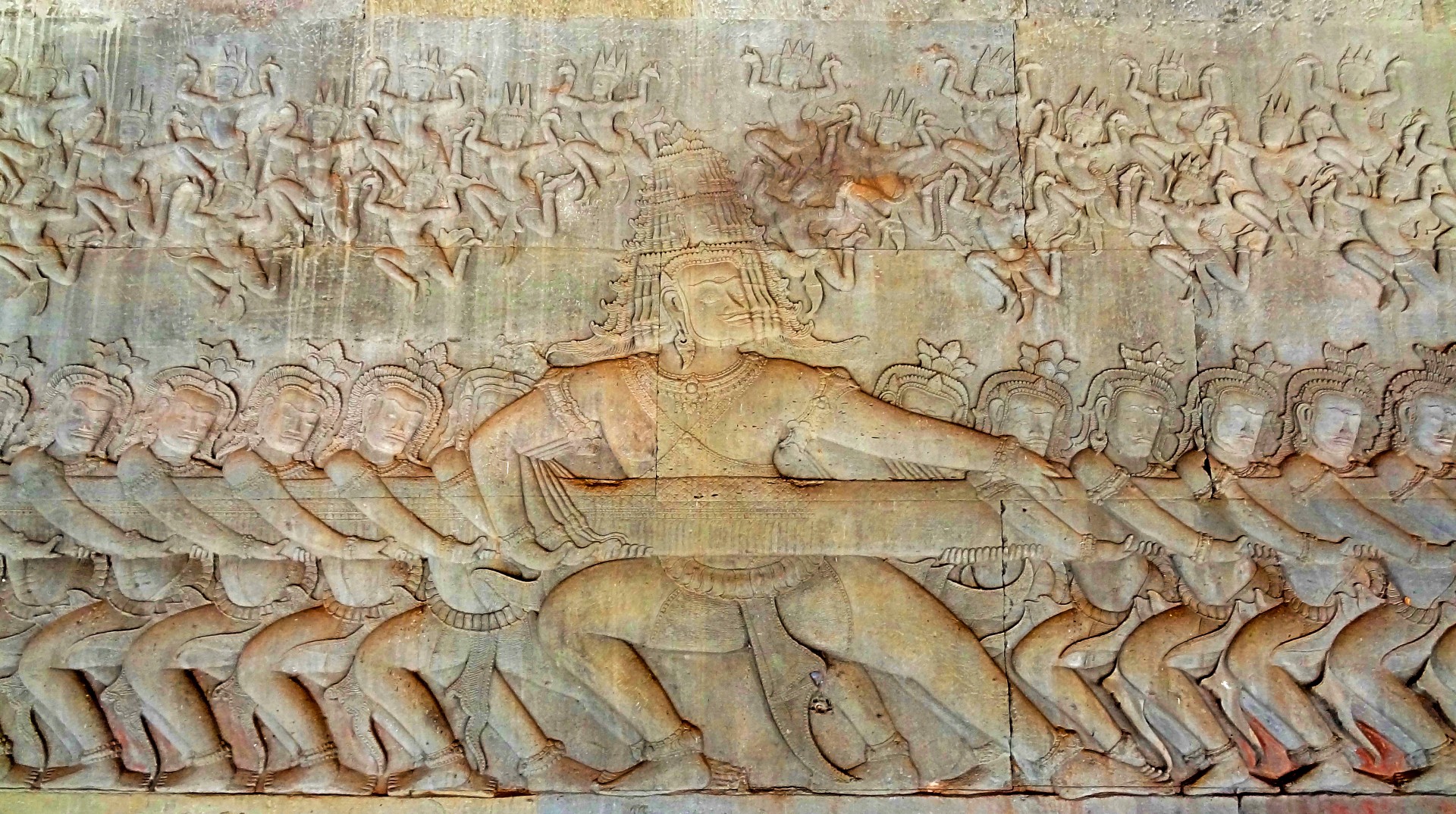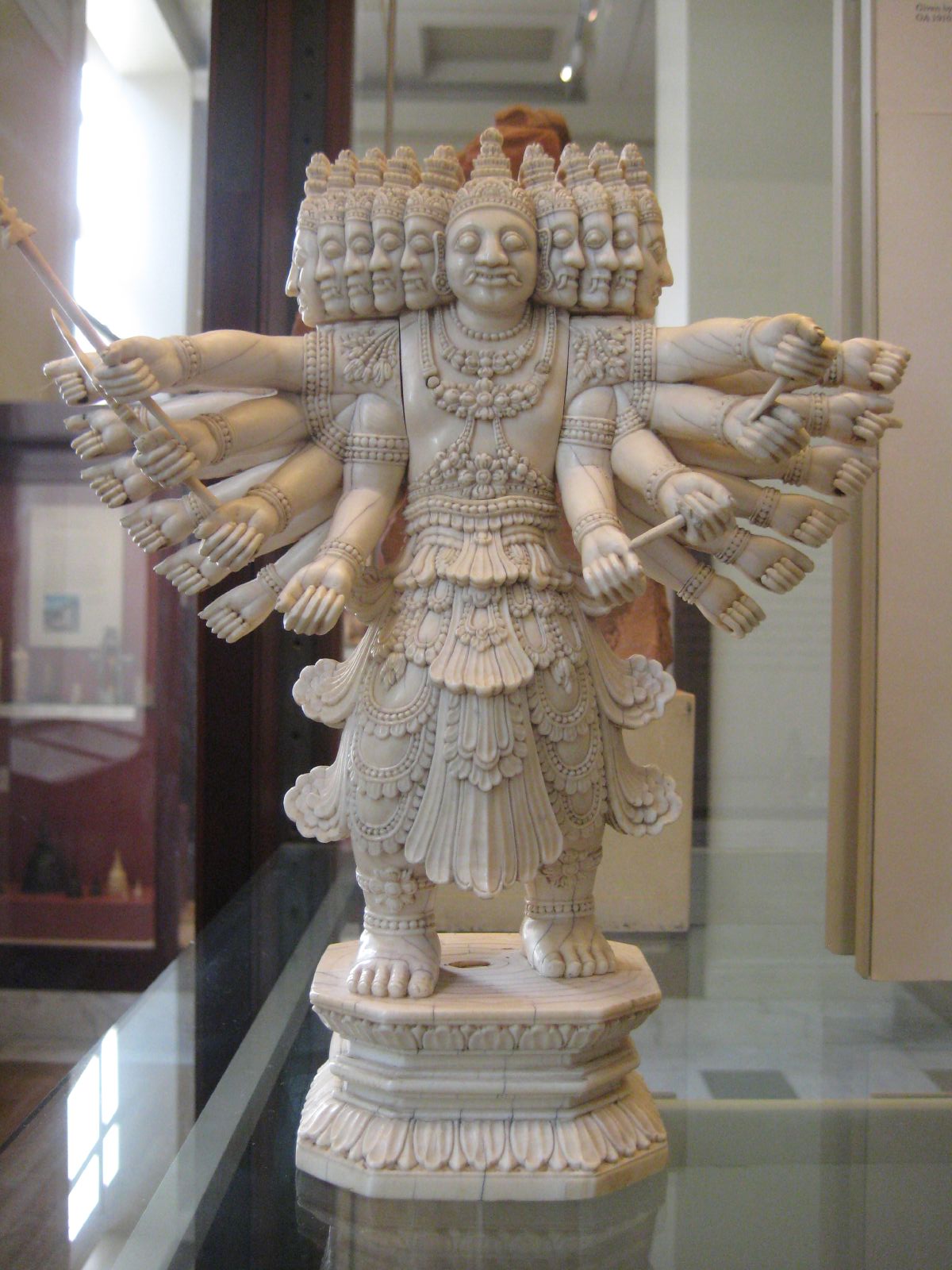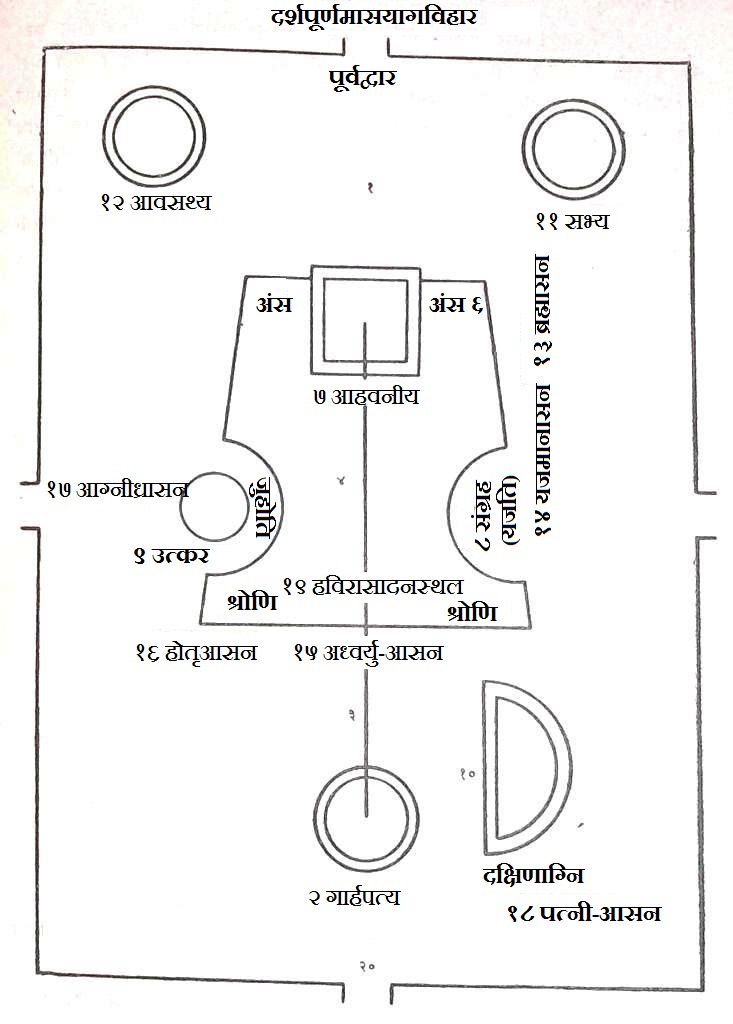|
Asuri (other)
Ashuri or Asuri or Ashurit may refer to: *Assyrian *"Of Assyria" (in Aramaic, Arabic, Hebrew language, Hebrew) ** Ashur (god), the national God of Assyria ** Ktav Ashuri or "Assyrian script", the Hebrew alphabet *Sanskrit ''asuri'': ** Feminine of Asura, a group of power-seeking deities ** The feminine divinity Devi ** Maya or Dirghajihvi, a Rakshasa, Rakshasi ** A rishi mentioned in the Satapatha Brahmana ** Asuri Kesava Somayaji, the father of Ramanuja * Asuri metre of the Zend Avesta * Asur people of India ** Asuri language, an Austro-Asiatic language spoken by the Asur tribes See also * Ashur (other) * Asura (other) * Asur (other) {{Disambiguation ... [...More Info...] [...Related Items...] OR: [Wikipedia] [Google] [Baidu] |
Aramaic
The Aramaic languages, short Aramaic ( syc, ܐܪܡܝܐ, Arāmāyā; oar, 𐤀𐤓𐤌𐤉𐤀; arc, 𐡀𐡓𐡌𐡉𐡀; tmr, אֲרָמִית), are a language family containing many varieties (languages and dialects) that originated in the ancient region of Syria. For over three thousand years, It is a sub-group of the Semitic languages. Aramaic varieties served as a language of public life and administration of ancient kingdoms and empires and also as a language of divine worship and religious study. Several modern varieties, namely the Neo-Aramaic languages, are still spoken in the present-day. The Aramaic languages belong to the Northwest group of the Semitic language family, which also includes the Canaanite languages such as Hebrew, Edomite, Moabite, and Phoenician, as well as Amorite and Ugaritic. Aramaic languages are written in the Aramaic alphabet, a descendant of the Phoenician alphabet, and the most prominent alphabet variant is the Syriac alphab ... [...More Info...] [...Related Items...] OR: [Wikipedia] [Google] [Baidu] |
Arabic
Arabic (, ' ; , ' or ) is a Semitic language spoken primarily across the Arab world.Semitic languages: an international handbook / edited by Stefan Weninger; in collaboration with Geoffrey Khan, Michael P. Streck, Janet C. E.Watson; Walter de Gruyter GmbH & Co. KG, Berlin/Boston, 2011. Having emerged in the 1st century, it is named after the Arab people; the term "Arab" was initially used to describe those living in the Arabian Peninsula, as perceived by geographers from ancient Greece. Since the 7th century, Arabic has been characterized by diglossia, with an opposition between a standard prestige language—i.e., Literary Arabic: Modern Standard Arabic (MSA) or Classical Arabic—and diverse vernacular varieties, which serve as mother tongues. Colloquial dialects vary significantly from MSA, impeding mutual intelligibility. MSA is only acquired through formal education and is not spoken natively. It is the language of literature, official documents, and formal writ ... [...More Info...] [...Related Items...] OR: [Wikipedia] [Google] [Baidu] |
Hebrew Language
Hebrew (; ; ) is a Northwest Semitic language of the Afroasiatic language family. Historically, it is one of the spoken languages of the Israelites and their longest-surviving descendants, the Jews and Samaritans. It was largely preserved throughout history as the main liturgical language of Judaism (since the Second Temple period) and Samaritanism. Hebrew is the only Canaanite language still spoken today, and serves as the only truly successful example of a dead language that has been revived. It is also one of only two Northwest Semitic languages still in use, with the other being Aramaic. The earliest examples of written Paleo-Hebrew date back to the 10th century BCE. Nearly all of the Hebrew Bible is written in Biblical Hebrew, with much of its present form in the dialect that scholars believe flourished around the 6th century BCE, during the time of the Babylonian captivity. For this reason, Hebrew has been referred to by Jews as ''Lashon Hakodesh'' (, ) since a ... [...More Info...] [...Related Items...] OR: [Wikipedia] [Google] [Baidu] |
Ashur (god)
Ashur, Ashshur, also spelled Ašur, Aššur (Sumerian: AN.ŠAR₂, Assyrian cuneiform: , also phonetically ) is a god of the ancient Assyrians and Akkadians, and the head of the Assyrian pantheon in Mesopotamian religion, who was worshipped mainly in northern Mesopotamia, and parts of north-east Syria and south-east Asia Minor which constituted old Assyria. He may have had a solar iconography. Legend Aššur was a deified form of the city of Assur, which dates from the mid 3rd millennium BC and was the capital of the Assyria, Old Assyrian kingdom. As such, Ashur did not originally have a family, but as the cult came under southern Mesopotamian influence, he later came to be regarded as the Assyrian equivalent of Enlil, the chief god of Nippur. Enlil was the most important god of the southern pantheon from the early 3rd millennium BC until Hammurabi founded an empire based in Babylon in the mid-18th century BC, after which Marduk replaced Enlil as the chief god in the south ... [...More Info...] [...Related Items...] OR: [Wikipedia] [Google] [Baidu] |
Ktav Ashuri
Ktav Ashuri ( he, כְּתָב אַשּׁוּרִי, ' "Assyrian script"; also Ashurit) is the traditional Hebrew language name of the Hebrew alphabet, used to write both Hebrew and Jewish Babylonian Aramaic. It is also sometimes called the "square script", the term is used to distinguish the ''Ashuri'' script from the Paleo-Hebrew script. In halakha, tefillin (phylacteries) and mezuzot (door-post scripts) can only be written in Ashurit. Name ''Ktav Ashuri'' is the term used in the Talmud; the modern Hebrew term for the Hebrew alphabet is simply "Hebrew alphabet". Consequently, the term ''Ktav Ashuri'' refers primarily to a traditional calligraphic form of the alphabet used in writing the Torah., s.v. ''Megillah'' 1:8, p. 202note 20; ''Yadayim'' 4:5-6,note 6 However, the term ''Ashuri'' is often used in the Babylonian Talmud to refer to the contemporary "Hebrew alphabet", as opposed to the older Paleo-Hebrew script. The Talmud gives two opinions for why the script is c ... [...More Info...] [...Related Items...] OR: [Wikipedia] [Google] [Baidu] |
Asura
Asuras (Sanskrit: असुर) are a class of beings in Indic religions. They are described as power-seeking clans related to the more benevolent Devas (also known as Suras) in Hinduism. In its Buddhist context, the word is sometimes translated "titan", "demigod", or "antigod". According to Hindu scriptures, the asuras are in constant battle with the devas. Asuras are described in Indian texts as powerful superhuman demigods with good or bad qualities. In early Vedic literature, the good Asuras are called ''Adityas'' and are led by Varuna, while the malevolent ones are called ''Danavas'' and are led by Vritra. In the earliest layer of Vedic texts Agni, Indra and other gods are also called Asuras, in the sense of their being "lords" of their respective domains, knowledge and abilities. In later Vedic and post-Vedic texts, the benevolent gods are called ''Devas'', while malevolent Asuras compete against these Devas and are considered "enemy of t ... [...More Info...] [...Related Items...] OR: [Wikipedia] [Google] [Baidu] |
Devi
Devī (; Sanskrit: देवी) is the Sanskrit word for 'goddess'; the masculine form is ''deva''. ''Devi'' and ''deva'' mean 'heavenly, divine, anything of excellence', and are also gender-specific terms for a deity in Hinduism. The concept and reverence for goddesses appears in the Vedas, which were composed around the 2nd millennium BCE. However, they do not play a vital role in that era. Goddesses such as Lakshmi, Parvati, Durga, Saraswati, Sita, Radha and Kali have continued to be revered in the modern era. The medieval era Puranas witness a major expansion in mythology and literature associated with Devi, with texts such as the Devi Mahatmya, wherein she manifests as the ultimate truth and supreme power. She has inspired the Shaktism tradition of Hinduism. Further, Devi and her primary form Parvati is viewed as central in the Hindu traditions of Shaktism and Shaivism. Etymology ''Devi'' and ''deva'' are Sanskrit terms found in Vedic literature around the 3rd mille ... [...More Info...] [...Related Items...] OR: [Wikipedia] [Google] [Baidu] |
Rakshasa
Rakshasas ( sa, राक्षस, IAST: : Pali: ''rakkhaso'') lit. 'preservers' are a race of usually malevolent demigods prominently featured in Hindu mythology. According to the Brahmanda Purana, the rakshasas were created by Brahma when he assumed a body of ''tamas'' (darkness), the beings springing forth and promising to protect the waters of creation. They are often depicted to be man-eaters (''nri-chakshas'', ''kravyads''), acting as embodiments of the powers of evil in the Vedic scriptures. They are offered a distinction from yakshas, their cousins who are depicted to be forces of destruction. The term is also used to describe asuras, a class of power-seeking beings that oppose the benevolent devas. They are often depicted as antagonists in Hindu scriptures, as well as in Buddhism and Jainism. The female form of rakshasa is rakshasi. Hinduism In Vedas The Hymn 87 of the tenth mandala of the '' Rigveda'' mentions about Rakshasas. They are classified amongs ... [...More Info...] [...Related Items...] OR: [Wikipedia] [Google] [Baidu] |
Satapatha Brahmana
The Shatapatha Brahmana ( sa, शतपथब्राह्मणम् , Śatapatha Brāhmaṇam, meaning 'Brāhmaṇa of one hundred paths', abbreviated to 'SB') is a commentary on the Śukla (white) Yajurveda. It is attributed to the Vedic sage Yajnavalkya. Described as the most complete, systematic, and important of the Brahmanas (commentaries on the Vedas), it contains detailed explanations of Vedic sacrificial rituals, symbolism, and mythology. Particularly in its description of sacrificial rituals (including construction of complex fire-altars), the Shatapatha Brahmana (SB) provides scientific knowledge of geometry (e.g. calculations of pi and the root of the Pythagorean theorem) and observational astronomy (e.g. planetary distances and the assertion that the Earth is circular) from the Vedic period. The Shatapatha Brahmana is also considered to be significant in the development of Vaishnavism as the origin of several Puranic legends and avatars of the RigVedic god Vi ... [...More Info...] [...Related Items...] OR: [Wikipedia] [Google] [Baidu] |
Asuri Kesava Somayaji
{{Disambiguation ...
Asuri or Ashuri or Ashurit may refer to: *Assyrian ** Ashur (god), the national God of Assyria ** Ktav Ashuri or "Assyrian script", the Hebrew alphabet *Sanskrit ''asuri'': ** Feminine of Asura, a group of power-seeking deities ** The feminine divinity Devi ** Maya or Dirghajihvi, a Rakshasi ** A rishi mentioned in the Satapatha Brahmana ** Asuri Kesava Somayaji, the father of Ramanuja * Asuri metre of the Zend Avesta * Asur people of India ** Asuri language, an Austro-Asiatic language spoken by the Asur tribes See also * Ashur (other) * Asura (other) The Asuras are a race of power-seeking deities in Hinduism. Asura may also refer to: * Asura (Buddhism), the lowest ranks of the deities of the Kāmadhātu * ''Asura'' (moth), a genus of moths in the family Erebidae * Asura (''Samurai Showdown'' ... [...More Info...] [...Related Items...] OR: [Wikipedia] [Google] [Baidu] |
Ramanuja
Ramanuja (Middle Tamil: Rāmāṉujam; Classical Sanskrit: Rāmanuja; 1017 CE – 1137 CE; ; ), also known as Ramanujacharya, was an Indian Hindu philosopher, guru and a social reformer. He is noted to be one of the most important exponents of the Sri Vaishnavism tradition within Hinduism. His philosophical foundations for devotionalism were influential to the Bhakti movement. Ramanuja's guru was Yādava Prakāśa, a scholar who according to tradition belonged to the Advaita Vedānta tradition, but probably was a Bhedabheda scholar. Sri Vaishnava tradition holds that Ramanuja disagreed with his guru and the non-dualistic Advaita Vedānta, and instead followed in the footsteps of Tamil Alvārs tradition, the scholars Nāthamuni and Yamunāchārya. Ramanuja is famous as the chief proponent of Vishishtadvaita subschool of Vedānta, and his disciples were likely authors of texts such as the Shatyayaniya Upanishad. Ramanuja himself wrote influential texts, such as bhāsya on t ... [...More Info...] [...Related Items...] OR: [Wikipedia] [Google] [Baidu] |
Asuri Metre
Asuri is a metre of the Zend Avesta. Details The Asuri metre is used in the Zend Avesta. They have been mentioned in the Yajurveda. Dr. Haug states: "Among the metres used in the Yajurveda, we find several which are marked by the epithet Asuri, e.g., Gayatri Asuri, Ushni Asuri, and Pankti Asuri. These Asur metres are actually to be found in the Gatha literature of the Zend Avesta The Avesta () is the primary collection of religious texts of Zoroastrianism, composed in the Avestan language. The Avesta texts fall into several different categories, arranged either by dialect, or by usage. The principal text in the litu ...". The Shukla Yajurveda mentions seven Asuri metres. The Asuri metres are embodied by the Gathas; such as the ''Gayatri asuri'' of 15 syllables in Ahunavaiti (Yas. XXXI,6; XXXI, 4), the ''Usnih asuri'' of 14 syllables in the Gatha Vohukhsathra (Yas. II); the ''Pankti asuri'' of 11 syllables in the Gathas Ustavaiti and Spenta-Mainyu.Bihar Research Society (19 ... [...More Info...] [...Related Items...] OR: [Wikipedia] [Google] [Baidu] |







